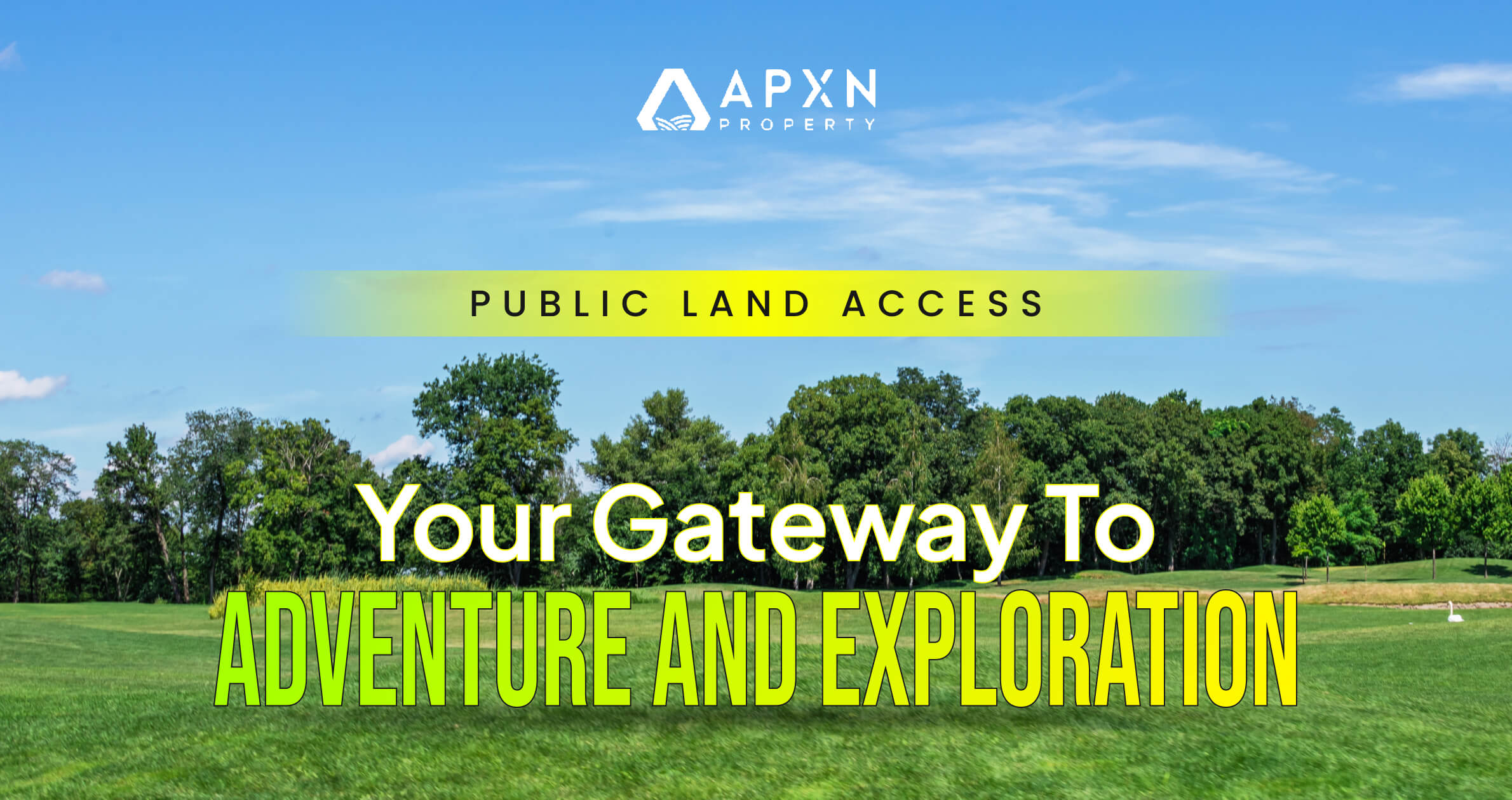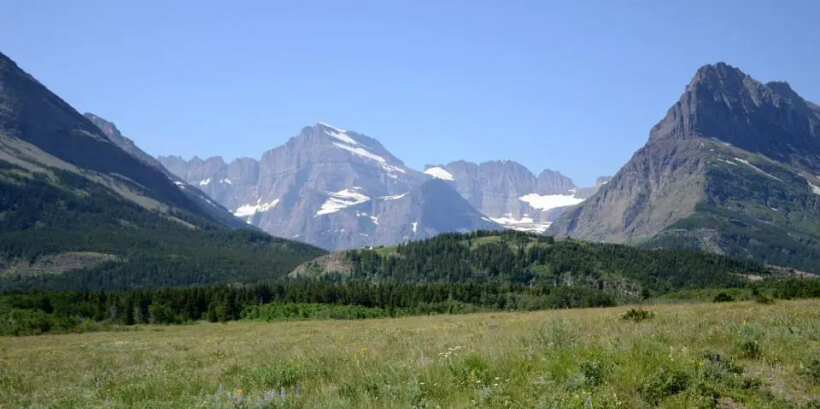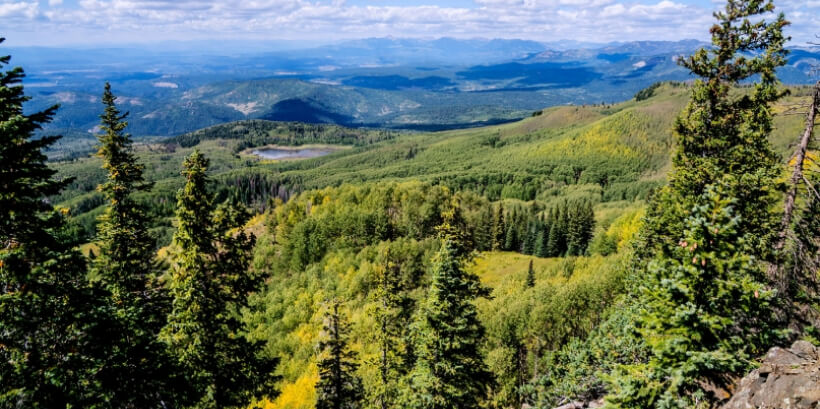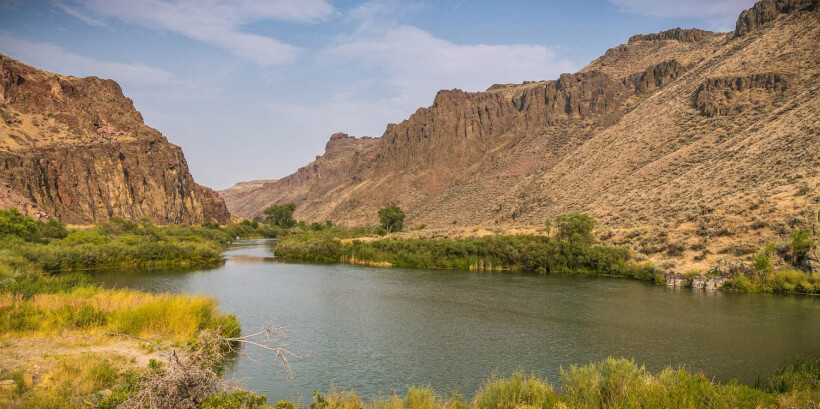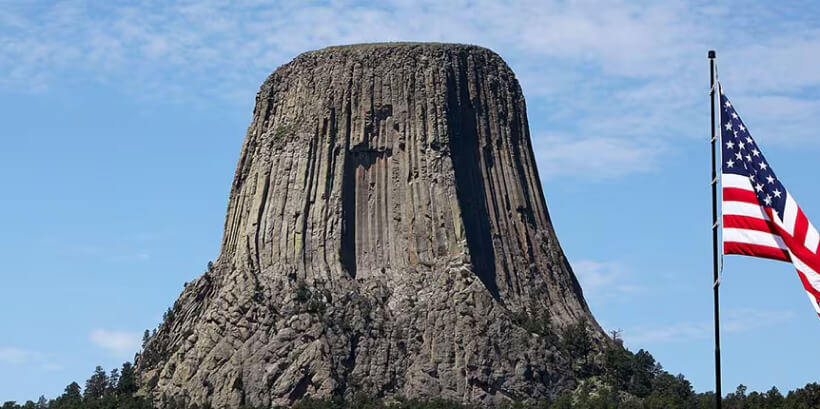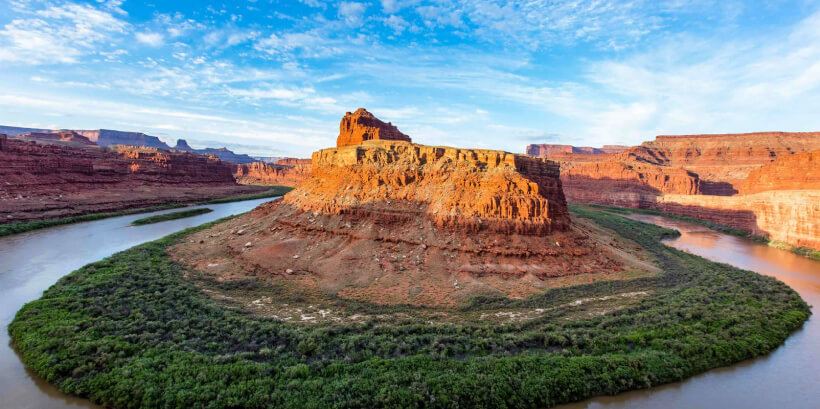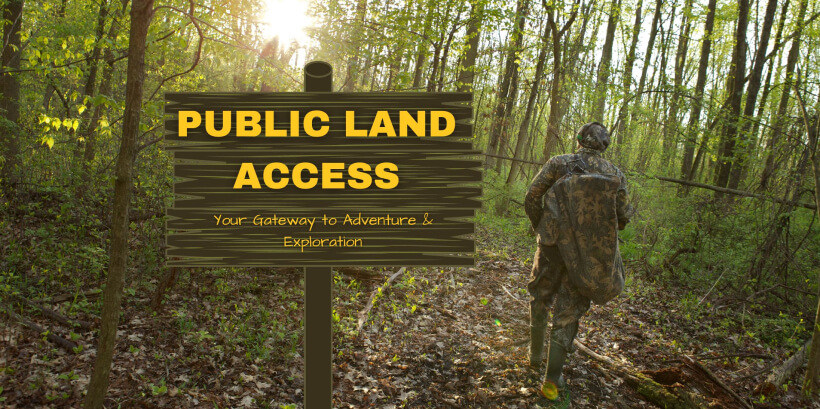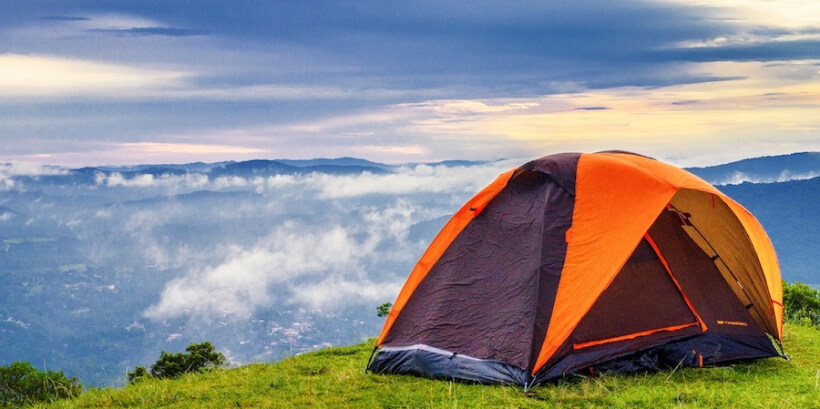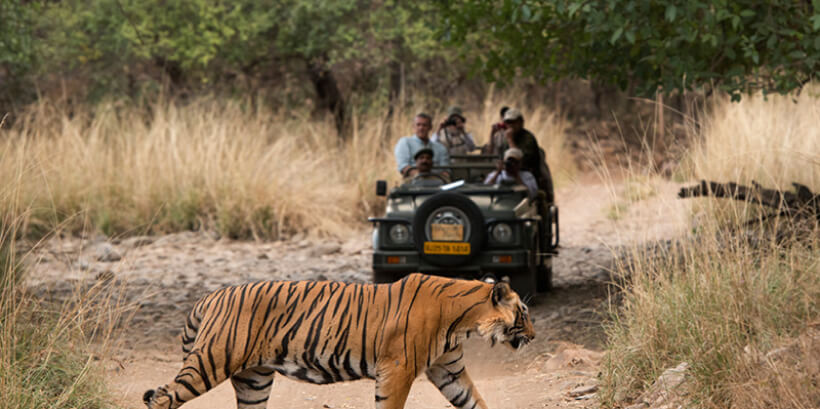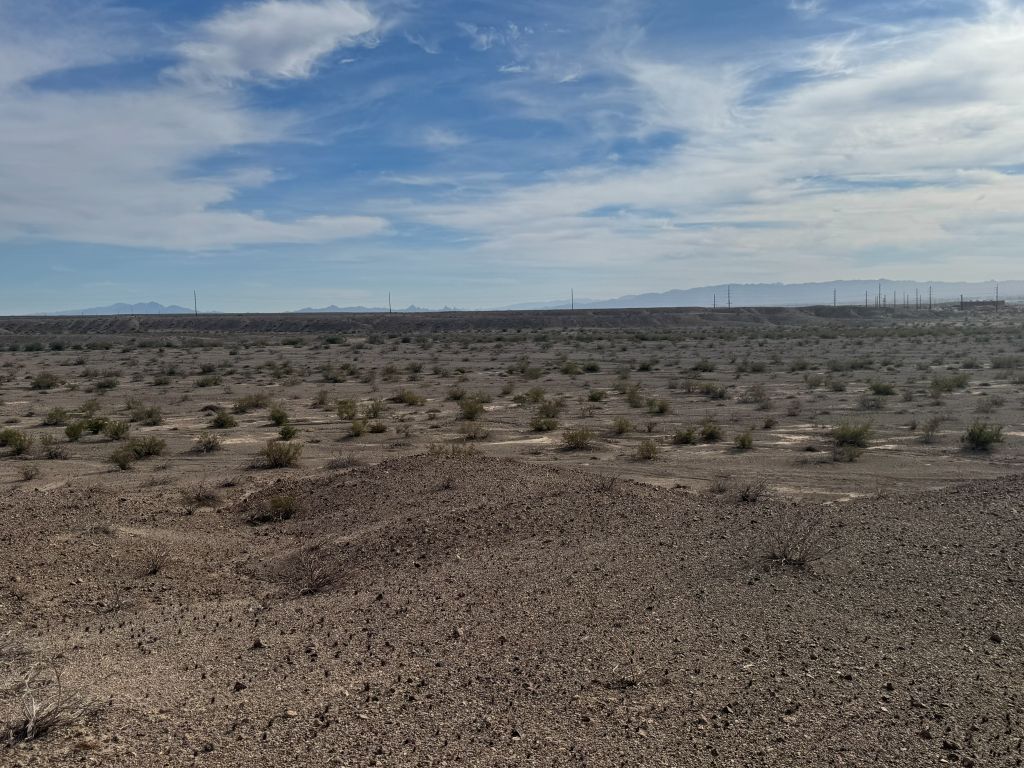Are you looking for new ways to explore the outdoors and connect with nature? If so, you may want to consider knowing about public land access.
Did you know that 8.7% of the USA's land is categorized as public land? There are approximately 200 million private lands that state and local governments in the USA do not manage. Factors like recreational options and diverse scenic and ecological features make public lands in the United States a favorite for US outdoor enthusiasts. County forests and national parks are some of the most cherished public lands. These areas offer a range of outdoor activities, such as camping, hiking, fishing, and hunting. Besides exploration opportunities, these areas are a treasure trove of land investment potentials in the US.
However, it is essential to understand the rules governing public land access to appreciate their beauty and advantages properly. In this context, what is public land access, and why is it making headlines among real estate investors?
So whether you're organizing a hiking trip or are just curious about public lands, keep reading to find out the facts.
Table of Contents
Public Land Types and Locations
In the US, numerous public land access points are governed by laws and overseen by various government departments. These lands include national parks, forests, wildlife refuges, and other recreation areas, each offering unique opportunities for exploration and enjoyment. Visitors often search for public land access near me to discover nearby options for hiking, camping, and other outdoor activities.
Understanding the distinctions between these lands is essential for navigating regulations and making the most of what they offer. So, let's take you through the types of public land access popular in the USA for outdoor recreational activities and as land for sale.
National Park
The National Park Service manages and preserves some of the most iconic public land accesses in the United States, including Yellowstone, Yosemite, and the Grand Canyon. With 63 national parks nationwide, these lands are carefully maintained to balance recreation and conservation. National parks often have stricter rules ensuring their pristine landscapes remain protected for future generations. These include prohibiting hunting and limiting pet access.
If you are looking to invest in land, proximity to national parks can significantly enhance property value and ROI due to the high demand for recreational access and scenic beauty. As per a Statista report, in 2023, the USA witnessed 28% tourism footfall in national parks among all other national sites in the States. Thus proving that these parks offer unmatched opportunities for enjoyment and sustainability.
National Forests
The United States Forest Service manages diverse public land accesses, including 154 national forests spread across 43 states, making up approximately 8.4% of the country's public lands. These forests support multiple uses, such as logging, recreation, and conservation, offering unique opportunities for enjoyment and investment.
Are you exploring the top states to buy land in the USA? If yes, consider looking into areas near national forests. These hidden gems hold the potential to provide exceptional ROI due to their spiking appeal among outdoor enthusiasts and resource-based industries. Thus, national forests are attracting investors aiming to explore unconventional land investment goals.
Furthermore, a well-designed public land access map is vital to identify opportunities for recreation and sustainable investment. Also, you must have a strong climate strategy in place to protect these lands and fulfill the "America the Beautiful" initiative's goals.
National Wildlife Refugees
The system of public lands and waters designated for the conservation of America's fish, wildlife, and plants is known as the National Wildlife Refuge System. As a public land access, the National Wildlife Refuge System is a cornerstone of America's conservation efforts. This safeguards natural habitats for fish, wildlife, and plants across more than 570 refuges nationwide. Besides preserving iconic species, these public land accesses also offer unparalleled viewing opportunities in the USA.
If you are an outdoor activity enthusiast or are considering conserving nature and wildlife on a larger scale and looking to buy land in the USA. You can consider looking for properties near or inside these national wildlife refuges. Furthermore, land for sale around these national wildlife refuges is also ideal for long-term investment and sustainable use.
Moreover, effective public land use within this system ensures resources are managed responsibly. This benefits current and future generations. Investing near these refuges aligns financial growth with environmental stewardship and recreational enjoyment.
Bureau of Land Management Lands
The Bureau of Land Management (BLM) oversees a vast and diverse range of terrains in the USA. This includes deserts, woodlands, and grasslands, managing approximately 245 million acres of public land access. These lands are maintained to ensure their health, diversity, and productivity for recreational use, conservation, and sustainable development.
For those looking to invest in land, especially public lands, consider understanding public access laws and leveraging them with a comprehensive land buying guide. BLM lands often present unique investment opportunities. This ranges from outdoor recreation ventures to grazing and renewable energy projects. Therefore, offering both financial returns and the chance to enjoy some of America's most scenic landscapes.
Wilderness Areas
Several federal agencies now protect some public land accesses as wilderness areas after the government classified them. The US currently has more than 110 million acres in approximately 800 wilderness areas.
Moreover, the vast wilderness is home to many plant and animal species, including bison, grizzly bears, beavers, and mountain goats.
For those exploring land investment, consider areas near wilderness regions as they offer potential for eco-tourism or conservation projects. Whether you are seeking land for sale for personal retreats or business ventures, understanding public land-use policies is necessary. This ensures alignment with environmental preservation while maximizing ROI.
National Monuments
National Monuments are unique public land access sites designated to protect areas of historical, cultural, or natural significance. As of 2021, there are 130 national monuments in the USA.
If you are looking to buy land, consider researching properties in proximity to a national monument. These can create opportunities for tourism-related ventures or private retreats. Furthermore, exploring the land for sale opportunities in these areas allows you to tap into the demand for recreation and education-focused experiences.
Also, by understanding public access laws, you can ensure sustainable use of these lands. Additionally, leveraging their location for long-term ROI and personal enjoyment.
National Scenic Trails
National Scenic Trails are iconic pathways that meander through some of America's most stunning public lands access. In the USA, 11 trails are 100 miles long or more that make up the national scenic trails. These trails include the Appalachian and Pacific Crest. They draw hikers, adventurers, and nature lovers year-round.
Owning land near these trails offers unique opportunities for recreation-based businesses or private getaways. If you are planning to invest in land near such a trail and looking for financing options, consider owner financing. This investment funding mode shall ease the process, as you can buy lands without banks or mainstream lenders' intervention and low credit scores.
Furthermore, proximity to these trails often boosts land value; this makes them a smart land investment. You must also ensure that you are familiar with access to public property rules to maximize its use while respecting conservation efforts. The trails also blend recreation with strong ROI potential.
Resources to Uncover Public Land Access Near You
There are several tools and resources available to locate public land access near you in the US. You can look into the websites of the National Park Service, Bureau of Land Management, Recreation.gov, and US Forest Service as some of the most useful ones. These websites provide valuable information about public lands available for public use.
They also offer details on various public lands, such as maps, route information, and local regulations. These lands include national parks, forests, and Bureau of Land Management areas. You can also plan and take part in outdoor activities on nearby public lands with the help of these resources.
Permits, Regulations, and Safety Required for Public Land Access
To ensure a secure and reliable experience while planning an investment in US public land access, you must be aware of the permits, guidelines, and safety measures required.
To familiarize yourself with the relevant permits, regulations, and security requirements to invest in public land access, take a look below.
Permits
To enter or access a public property, you might need a permit, depending on your activities and the area. Permits are also frequently required to engage in recreational activities such as camping, hiking, fishing, hunting, and rock climbing.
Furthermore, the National Park Service, the Bureau of Land Management, or the U.S. Forest Service can issue you a permit for public land access for any region you intend to visit.
Regulations
Several public access laws protect natural and cultural treasures in public land access areas. Always consider following visitor safety rules, which can vary by region. Some areas may restrict drones, off-road driving, campfires, or other activities. Furthermore, ignoring these rules can lead to fines or penalties. Before visiting, review the regulations for your destination to ensure compliance.
If you plan to invest in land near these areas, understanding local guidelines is also essential. Proper knowledge of public access laws enhances safe exploration and adventures. It also helps you make informed decisions for your land investment while preserving these treasured spaces.
Safety
Public lands can be remote and challenging, so it's crucial to prioritize safety. Always plan when enjoying public land access and let someone know your itinerary and return time. Pack essentials like food, water, and a first aid kit to stay prepared.
Be aware of wildlife, sudden weather changes, and rugged terrain that may affect public land use. If you are researching options to buy land in these areas, understanding the environment and safety requirements is key. Also, staying mindful of these precautions ensures a safe and enjoyable experience while respecting the unique characteristics of these lands.
Activities & Recreation With Public Land Access
You can engage in numerous activities and recreational options to experience the beautiful natural and heritage treasures while exploring public lands in the US. Certainly, this will enhance your trip experience. Here are some ideas to make your public lands access visits most memorable:
Hiking
Many national parks and national sites that are public land offer amazing hiking opportunities for outdoor enthusiasts to connect with nature. Besides hiking, these properties are also great for public land use activities such as strolls to strenuous backcountry excursions. Thus, owing to easy access, tourists can discover historical sites, untouched waterfalls, and beautiful landscapes on these trails.
Camping
Indeed, a hands-on experience with the natural magnificence of public lands is a fantastic benefit for campers. Besides camping, public land access attracts land investment potentials for various other recreational activities.
Alternatives to camping include modest backcountry campsites and RV parks with a variety of facilities. You can decide on the option that best meets your needs and tastes.
Fishing
Anglers recommend visiting public lands because there are many diverse fish species available. Owing to convenient access to public properties, sometimes, visitors can fish in lakes, rivers, and channels. Although you might require a permit to fish here, depending on the area. Investing in such properties with public land access for fishing is lately gaining traction in the USA as a major form of escape from monotony.
Wildlife Sighting
Many species, such as elk, bears, and mountain lions, can be spotted in open spaces. Therefore, it is important to respect and look forward to maintaining a safe distance from wildlife and natural habitats. Thus, if you are looking forward to investing in lands near such areas, consider following a land-buying guide that adheres to public access laws of the region.
Natural Site Viewing
Public areas host many cultural and historical sites, such as old cliff dwellings or ancient battlegrounds. They offer a fascinating glimpse into the region's ancient history.
Conservation and Stewardship: Preserving Our Natural Heritage/Resource
With public land access, visitors have the opportunity to actively participate in conservation and stewardship efforts to protect our rich heritage. By doing so, public lands in the US can be preserved for future generations.
Consider respecting wildlife and their habitat by refraining from feeding them or approaching them; this is one way to start.
Another option is to adhere to the Leave No Trace philosophy, which emphasizes reducing environmental effects and processing out all rubbish. Also, sticking to specified paths and notifying authorities of any destruction or violation can help safeguard wildlife habitats and natural resources.
Furthermore, volunteering for conservation projects such as eradicating invasive species or repairing habitats is another active method to support stewardship efforts. By doing the following, visitors can contribute to the preservation of our natural heritage and sustainability while exploring the benefits of public land access.
Conclusion
In conclusion, public land access in the US provides a fantastic starting point for exploration and adventure. Visitors can discover the natural beauty, cultural richness, and various ecosystems because of the abundance of offered activities and recreational options. Access to public properties and lands in the US is undoubtedly a gateway to adventure and exploration because there is so much to explore and new things.
Thus, if you're looking for natural reserves or hunting land in the USA, you can consider visiting APXN Property. Here we give you various possibilities to buy land anytime. Furthermore, by partnering with us, you do not need to delay your investment plans due to low credit scores. We bring several public land listings that offer owner-financing options. Therefore, you can go ahead with your land investment with us while repaying your existing debts conveniently.

